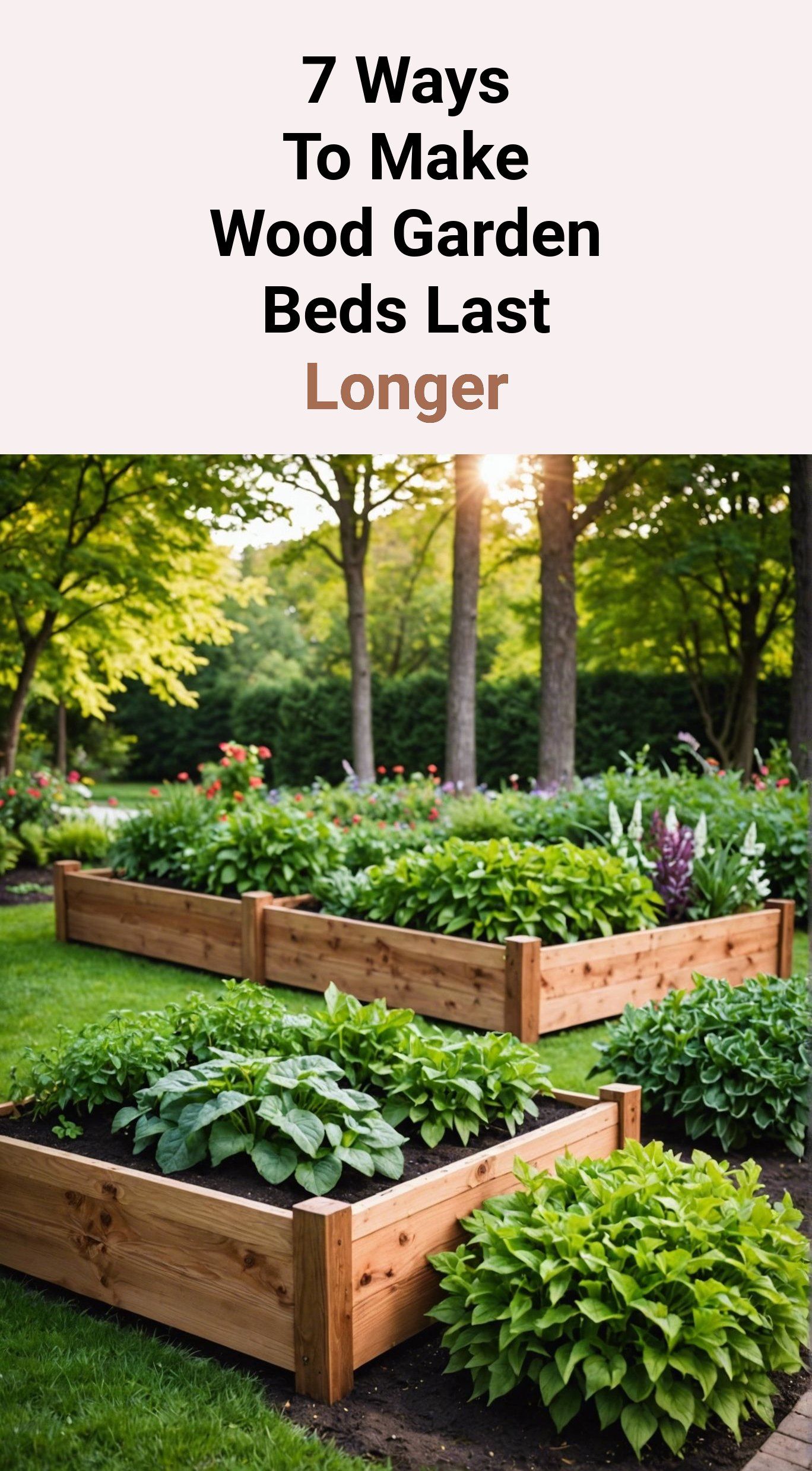Beautiful Plants For Your Interior
Beautiful Plants For Your Interior
Tired of your wood garden beds rotting away prematurely?
As an expert in wood preservation, I’ll share 7 proven strategies to extend their lifespan and keep your plants thriving for years to come.
From choosing the right wood to sealing and elevating your beds, I’ll guide you through the practical steps to safeguard your gardening investment.
Follow these tips, and your wood garden beds will stand the test of time, giving you a beautiful and productive space for years to come.
| Tip | Description |
|---|---|
| Choose rot-resistant wood | Cedar, redwood, and cypress are naturally resistant to rot and decay. |
| Seal the wood | Apply a sealant to the wood to protect it from moisture and pests. |
| Elevate the bed off the ground | This will help prevent water from collecting around the bed and rotting the wood. |
| Line the bed with landscape fabric | Landscape fabric will help prevent weeds from growing in the bed and will also protect the wood from moisture. |
| Mulch around the bed | Mulch will help retain moisture in the soil and will also help to suppress weeds. |
| Paint or stain the wood | A fresh coat of paint or stain will help protect the wood from the elements. |
| Repair any damage as soon as possible | If the wood becomes damaged, repair it as soon as possible to prevent further damage. |
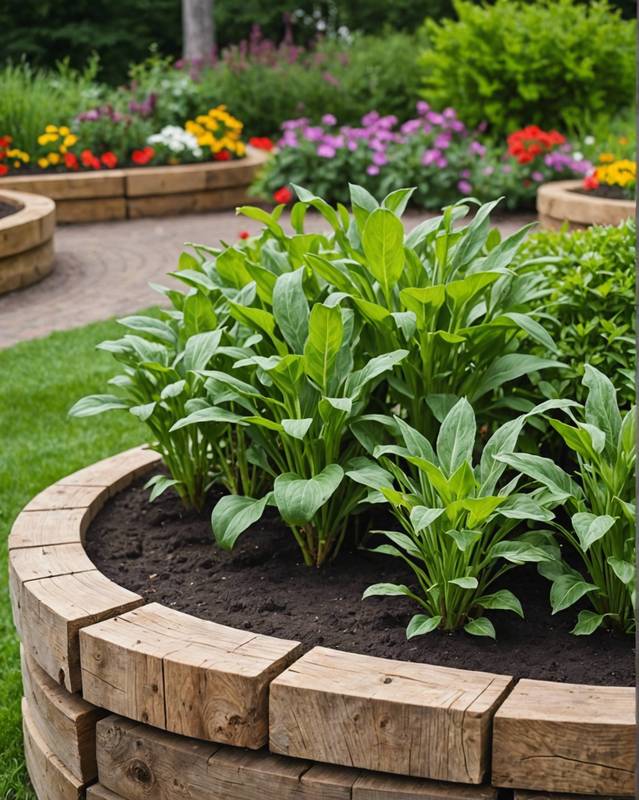
When selecting wood for your garden beds, opt for varieties that are naturally resistant to decay, such as cedar, redwood, or cypress. These woods contain natural oils that deter rot and insect damage, extending the lifespan of your raised beds.
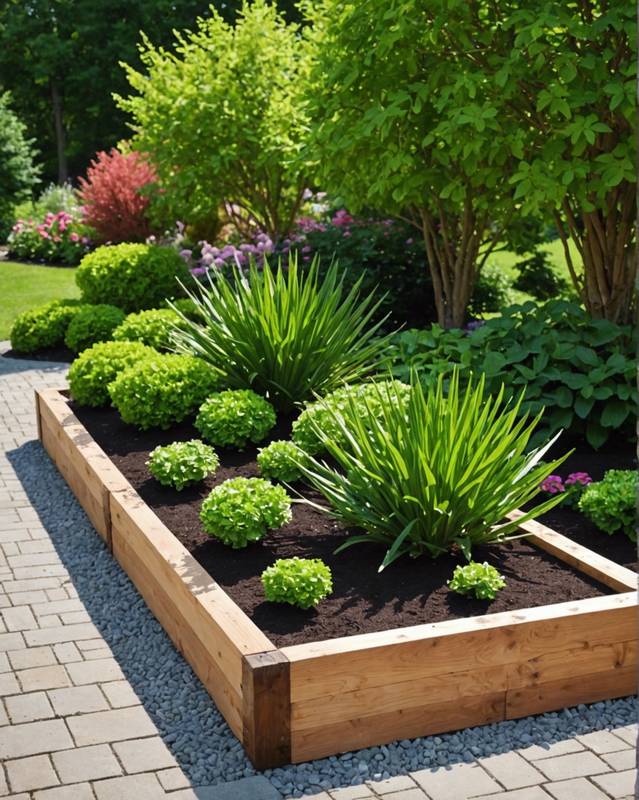
Protect your garden beds from the elements by applying a sealant.
This will create a barrier against water, rot, and insects.
Choose a sealant specifically designed for outdoor wood, and follow the manufacturer’s instructions for application.
Once sealed, your garden beds will be more durable and long-lasting.
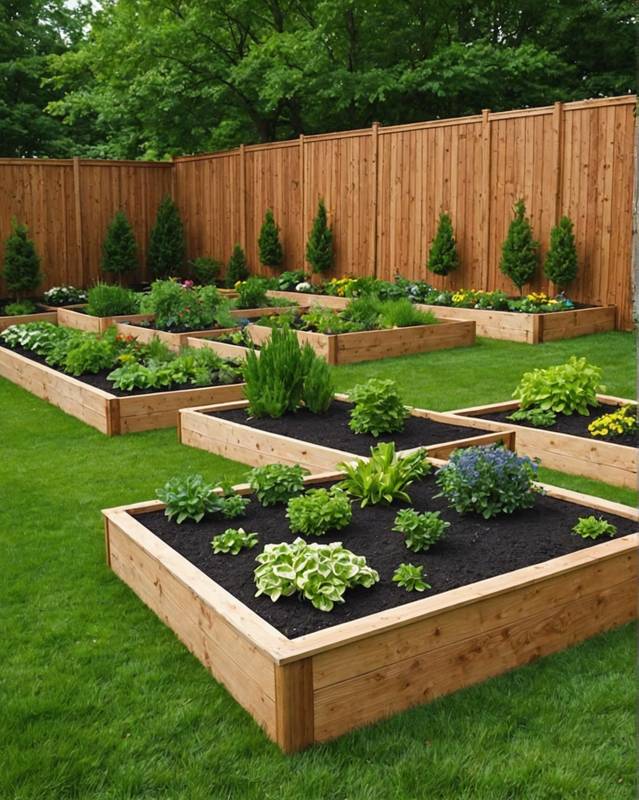
Elevate your wood garden beds off the ground to promote longevity.
This keeps them from direct contact with moist soil, preventing rot and decay.
Raising the beds also improves drainage, reducing waterlogging that can weaken the wood.
Plus, it keeps pests and insects away from the wood, further enhancing its lifespan.
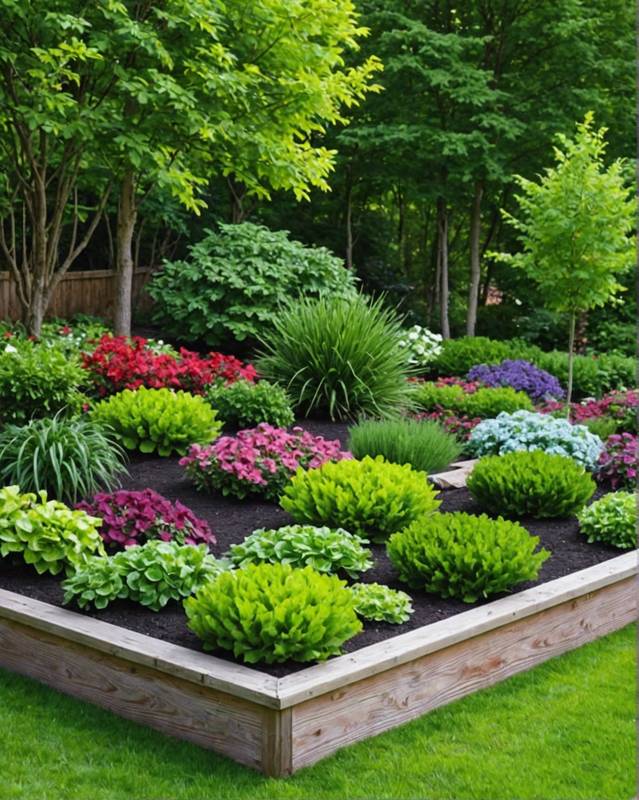
Line the inside of the garden bed with landscape fabric before filling it with soil.
This barrier prevents weeds from sprouting through the bed’s bottom and sides.
Cut the fabric to fit the interior of the bed, allowing a few inches to extend over the edges.
Secure the fabric with tent stakes or landscape pins.
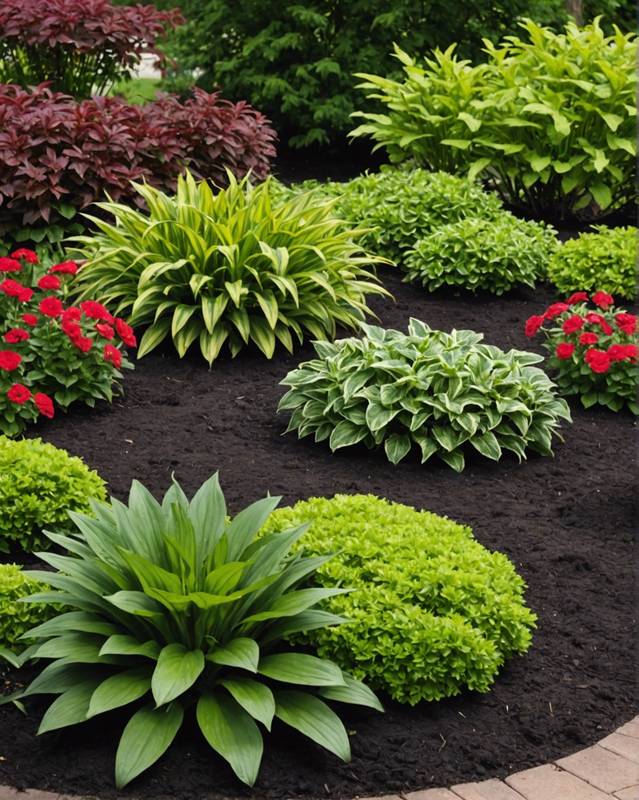
Mulching around your garden bed is a fantastic way to protect your wood from the elements.
Mulch acts as a barrier between the wood and the soil, preventing moisture from seeping into the wood and causing rot.
It also helps to regulate soil temperature, which can help to extend the life of your wood bed.
When choosing mulch, opt for organic materials like straw, wood chips, or compost.
These materials will break down over time, adding nutrients to your soil and further protecting your wood bed from decay.
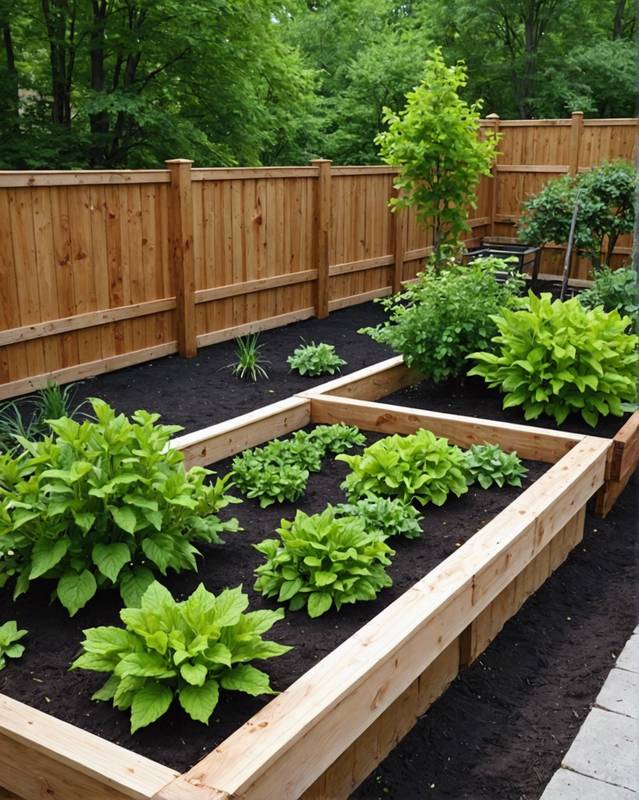
Next up, consider protecting your wood garden beds with a coat of paint or stain. Paint and stain create a barrier against the elements and prevent moisture from penetrating the wood.
This added layer of protection helps extend the lifespan of your beds and prevent rotting.
If you choose to paint, opt for an exterior-grade paint that can withstand the harsh conditions outdoors. Stains penetrate the wood and enhance its natural grain while also providing some protection against the elements.
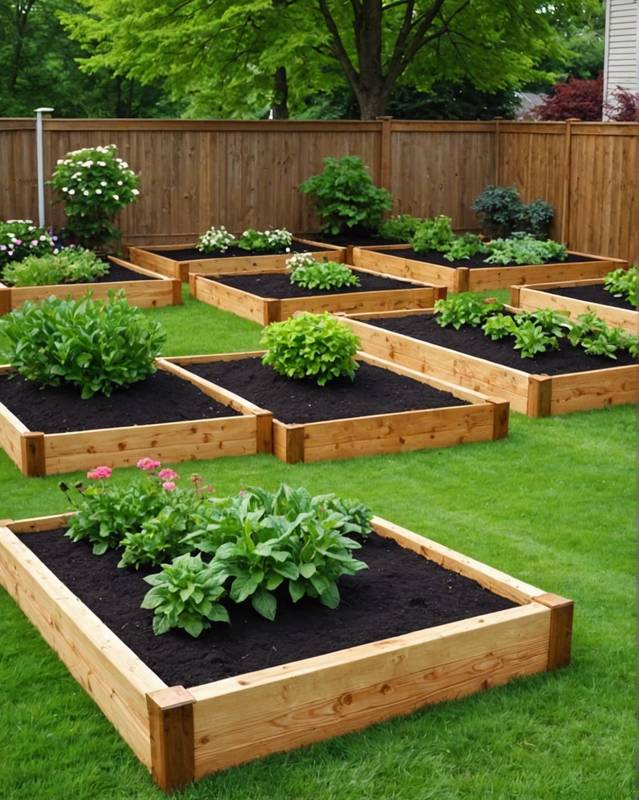
Timely repairs are crucial for preserving your wooden garden beds. If you notice any cracks, splits, or holes, don’t delay.
Address these issues promptly to prevent further decay and damage.
Neglecting repairs can lead to weakened beds and compromised plant growth. By patching up any imperfections as soon as they arise, you’ll extend the lifespan of your beds and ensure optimal conditions for your plants to thrive.
